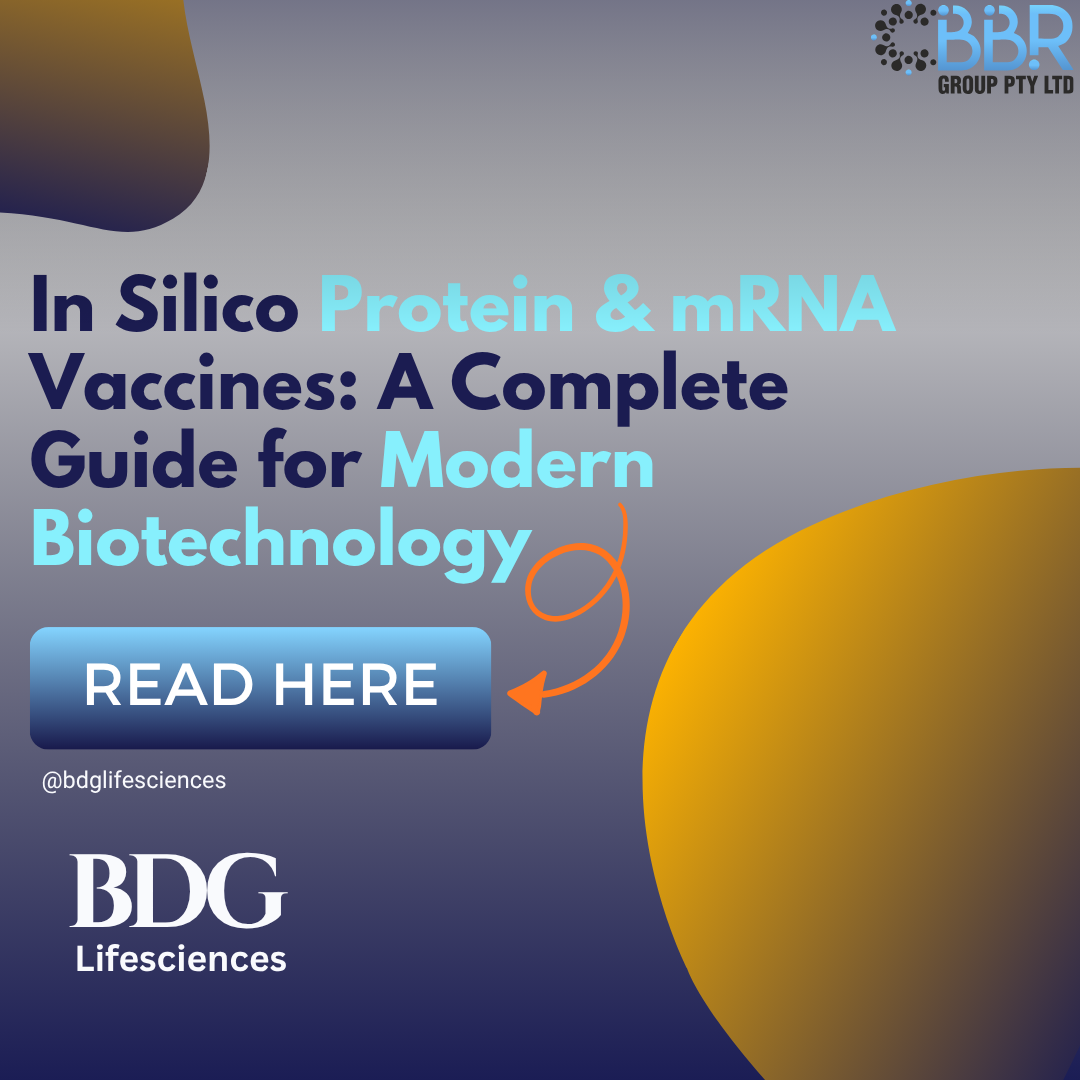
Blog

13 Nov , 2025
mRNA vaccines represent one of the most transformative breakthroughs in modern biomedical science. Unlike traditional vaccines that use weakened pathogens, mRNA vaccines deliver genetic instructions that program human cells to produce harmless antigenic proteins—activating a powerful immune response.
mRNA vaccine technology relies on:
- Synthesizing messenger RNA encoding the target antigen
- Protecting it using delivery systems such as Lipid Nanoparticles (LNPs)
- Facilitating translation of the encoded protein inside host cells
- Training the immune system to recognize and neutralize the pathogen
This technology became globally recognized after the success of COVID-19 vaccines such as Pfizer-BioNTech and Moderna.
mRNA vaccines are:
- Highly customizable – sequences can be rapidly designed
- Fast to develop – <12 weeks from design to preclinical testing
- Safe – do not integrate into host DNA
- Scalable – straightforward manufacturing pipelines
Their applications now extend to infectious diseases, cancer immunotherapy, autoimmune modulation, and personalized medicine.
Codon optimization ensures the mRNA sequence uses codons preferred by the host organism, boosting:
- Translation efficiency
- Protein yield
- mRNA stability
Choosing the right codons affects expression levels dramatically, especially for vaccine antigens.
Key considerations include:
- GC content balance
- Avoiding inhibitory motifs
- Enhancing signal peptides
- Including proper start and stop codons
Tools like GeneArt, IDT Codon Optimization Tool, and OPTIMIZER streamline this process.
The structure of mRNA affects its folding, translation efficiency, and degradation rate.
Poorly structured regions may:
- Hinder ribosome binding
- Form inhibitory hairpins
- Reduce protein expression
Tools like ViennaRNA (RNAfold) analyze:
- Minimum free energy structures
- Base-pairing probabilities
- Structural accessibility
This ensures the mRNA remains translatable, stable, and efficient.
Designing an mRNA vaccine requires evaluating which regions of the encoded protein will generate strong immune responses.
Epitope prediction tools identify:
- B-cell epitopes
- T-cell epitopes
- MHC class I & II binding peptides
Tools like IEDB, NetMHCpan, and SYFPEITHI allow in silico screening before wet-lab validation.
In silico platforms assess:
- Antigenicity
- Allergenicity
- Toxicity
- Population-wide HLA coverage
This computational step greatly accelerates vaccine discovery.
Chemical modifications enhance:
- RNA stability
- Translation efficiency
- Reduced innate immune activation
Common modifications include:
- Ψ (pseudouridine)
- m1Ψ (N1-methyl pseudouridine)
UTRs regulate translation and stability. Tools like UTR Designer assist in:
- Optimizing 5' UTR for ribosomal binding
- Enhancing 3' UTR for stability
- Avoiding silencing motifs
LNPs protect mRNA from degradation and help it enter cells efficiently. Features include:
- Ionizable lipids
- Cholesterol
- PEG-lipids
- Helper lipids
Simulations using MATLAB or dedicated LNP databases allow:
- Particle size prediction
- Charge optimization
- Stability modeling
Choosing the right delivery system is as important as choosing the right mRNA sequence.
Below is a complete breakdown of beginner vs. professional use + the benefit of each tool.
GeneArt / IDT Codon Optimization Tool
- Beginner Use: Auto-optimize sequences with presets
- Professional Use: Fine-tune codon bias, remove restriction sites
- Benefit: High protein yield in human cell systems
- Beginner: Simple sequence upload
- Professional: Advanced codon usage algorithms
- Benefit: Control over codon adaptation index (CAI)
- Beginner: Predict simple MFE structures
- Professional: Evaluate ensemble diversity & structural constraints
- Benefit: Ensures best mRNA folding for stability
- Beginner: Web-based, no installation
- Professional: Detailed dot-bracket analysis
- Benefit: Fast, accurate folding predictions
- Beginner: Auto epitope prediction
- Professional: Multi-algorithm immune modeling
- Benefit: Comprehensive immune response analysis
- Beginner: Easy peptide submission
- Professional: Population-wide HLA predictions
- Benefit: Predicts global vaccine effectiveness
- Beginner: One-click translation prediction
- Professional: Ribosome binding modeling
- Benefit: Ensures efficient protein synthesis
- Beginner: Simple chemical modification suggestions
- Professional: Extensive stability simulation
- Benefit: Reduces degradation, improves shelf life
- Beginner: Pre-built LNP parameter sets
- Professional: Multi-layer nanoparticle modeling
- Benefit: Predicts LNP efficiency before lab testing
- Beginner: Visual sequence maps
- Professional: Full annotation workflows
- Benefit: Intuitive interface for complex plasmid work
- Beginner: Cloud-based sequence builder
- Professional: Full CRISPR, cloning, and analysis suite
- Benefit: Industry-standard collaborative environment
- Beginner: Basic folding
- Professional: Predictive modeling and docking
- Benefit: High-accuracy structural simulation
- Beginner: Auto-generate 3D RNA models
- Professional: Full RNA tertiary modeling
- Benefit: Essential for 3D vaccine structure analysis
The rapid development of Pfizer and Moderna vaccines showcased:
- Speed of mRNA design
- Power of computational biology
- Importance of stable delivery systems
Advancements in:
- AI-based codon optimization
- Predictive immunology
- Automated LNP design
- Personalized vaccine design
will define the next decade of mRNA science.
